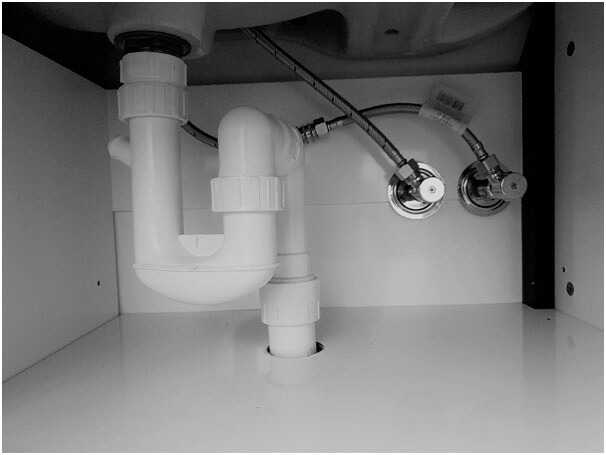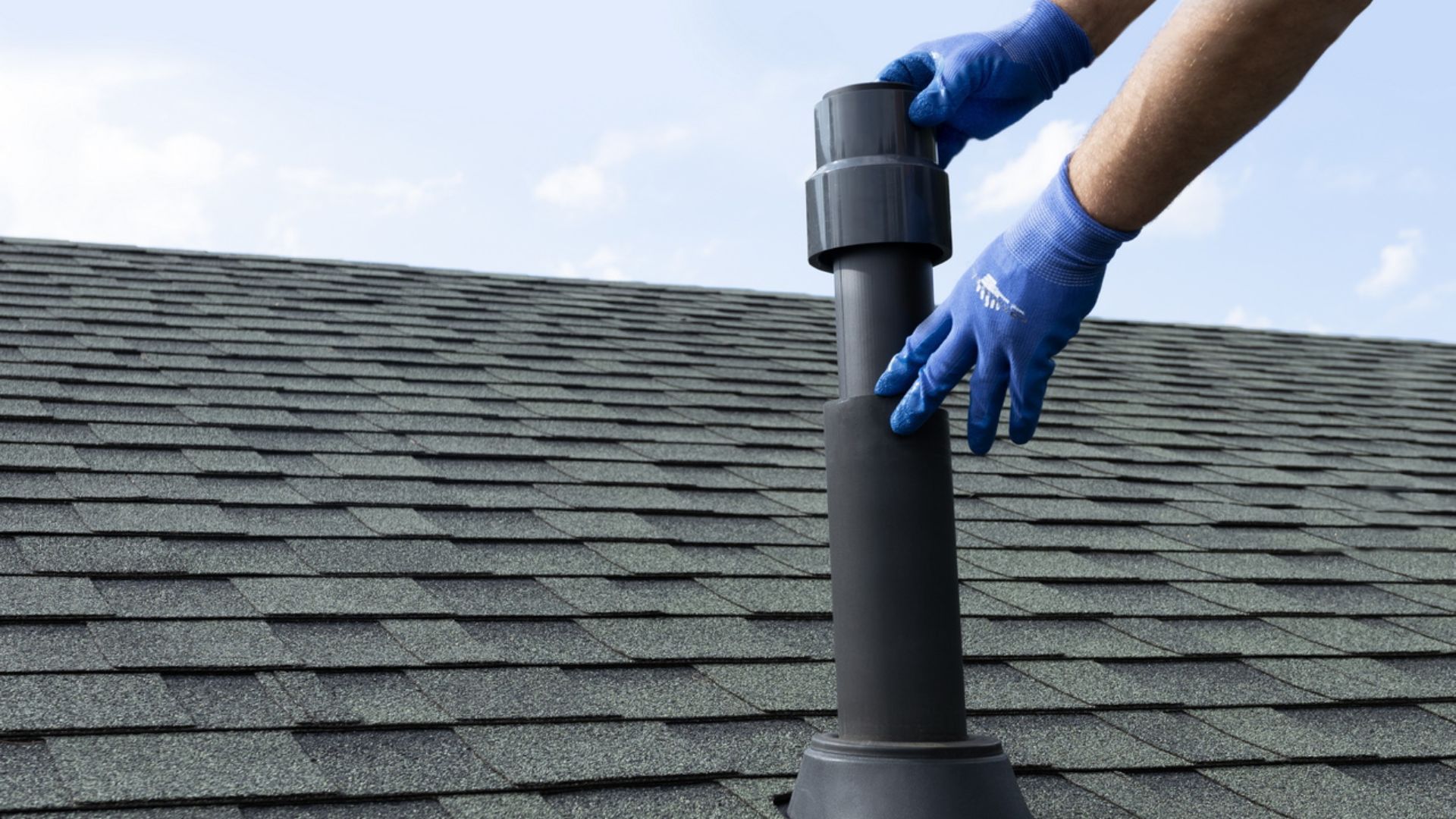How do you really feel when it comes to What Are Plumbing Vents and Why Are They Important??

Proper air flow in plumbing systems is frequently neglected, yet it is vital for preserving the functionality and safety and security of your home's plumbing. Air flow helps control atmospheric pressure, stop the build-up of unsafe gases, and ensure the efficient removal of waste. In this guide, we will discover the significance of proper pipes ventilation, how it functions, and the advantages it offers your pipes system.
Comprehending Ventilation in Plumbing
Ventilation in plumbing describes the network of pipelines that enable air to flow via the drainage system. These vents serve multiple purposes, including managing air pressure within the pipes, preventing sewer gases from entering the home, and assisting in the smooth flow of wastewater.
How Air Flow Works in Pipes Solutions
Atmospheric Pressure Regulation
Correct ventilation maintains balanced air pressure within the plumbing system. When water streams via pipes, it displaces air. Without ample air flow, this displacement can develop adverse pressure, causing slow down drains or siphoning of water from traps, which can trigger undesirable odors to permeate right into the home.
Stopping Drain Gas Buildup
One of one of the most critical features of plumbing vents is to prevent drain gases, such as methane and hydrogen sulfide, from building up within the home. These gases can position serious health threats and are extremely combustible. Vent pipelines allow these gases to get away securely outside.
Assisting in Waste Removal
Air flow helps in the reliable elimination of wastewater by preventing airlocks in the water drainage system. When air can flow freely via the vents, it permits water and waste to flow smoothly via the pipes, reducing the threat of clogs and backups.
Sorts Of Plumbing Vents
Main Stack Vent
The major stack air vent, also called the air vent stack, is the primary air vent in a pipes system. It prolongs from the main drain align with the roofing system, enabling gases to escape and fresh air to get in the system.
Branch Vent
Branch vents connect to the major stack air vent and serve private components, such as sinks, commodes, and showers. These vents ensure that each fixture has adequate air flow to work effectively.
Air Admission Shutoff (AAV).
An Air Admittance Shutoff (AAV) is a one-way valve that enables air to go into the pipes system without the requirement for a traditional vent pipe expanding via the roofing system. AAVs are commonly used in restorations or locations where installing a conventional air vent is impractical.
Indicators of Poor Ventilation in Pipes.
Slow Draining Fixtures.
If your sinks, bathtubs, or toilets are draining pipes slowly, maybe a sign of inadequate ventilation. Insufficient air circulation can produce a vacuum effect, making it hard for water to drain properly.
Gurgling Sounds.
Gurgling noises originating from drains pipes are usually a result of air being sucked with water traps as a result of adverse stress in the pipelines. This is a clear indicator of not enough air flow.
Unpleasant Smells.
Sewer odors inside your home are a warning that your pipes system is not effectively ventilated. This might mean that drain gases are not being properly vented outside, leading to potentially hazardous conditions.
Common Ventilation Errors.
Insufficient Vent Sizing.
Making use of small air vent pipes can lead to inadequate air circulation and stress discrepancies in the system. It's essential to make use of vents that satisfy the particular requirements of your pipes system.
Improper Vent Positioning.
Placing vents as well much from the components they serve can lower their efficiency. Proper placement makes sure that air can move easily and effectively through the system.
Ignoring Code Demands.
Building regulations provide details guidelines for pipes air flow. Ignoring these codes can cause a system that stops working to function correctly and may cause costly repair work or carcinogen.
Advantages of Proper Air Flow.
Improved System Effectiveness.
Properly ventilated plumbing systems run extra efficiently, with less clogs, faster draining, and less strain on the pipes. This effectiveness prolongs the life-span of the pipes system.
Improved Air High Quality.
By protecting against drain gases from entering your home, correct ventilation contributes to much better interior air quality, making your living atmosphere healthier and more comfy.
Protecting Against Water Damages.
Ample ventilation aids avoid water from being siphoned out of traps, which can bring about sewer gases going into the home and creating water damages gradually.
Steps to Guarantee Correct Air Flow.
Consulting Pipes Codes.
Constantly seek advice from regional plumbing codes when designing or customizing your pipes system. These codes provide the required guidelines for correct venting and guarantee your system fulfills security criteria.
Regular Assessment and Maintenance.
Normal examinations can help identify prospective ventilation concerns prior to they become significant troubles. Maintenance tasks, such as cleansing air vent pipelines and looking for blockages, are important for keeping the system in good working order.
Specialist Installation.
For brand-new installations or major alterations, it's a good idea to hire a professional plumbing professional. They have the know-how to ensure the ventilation system is correctly developed and installed according to code.
Verdict.
Appropriate air flow is a vital component of any kind of plumbing system, making certain that it functions successfully and safely. By comprehending the relevance of air flow, identifying the signs of poor ventilation, and taking actions to preserve your system, you can prevent expensive concerns and shield your home's air high quality.
What is a Plumbing Vent and it's used for?
All plumbing systems in residential and commercials construction have a plumbing vent. It doesn’t just vent unwanted odors from the drainage system to the outside; it actually serves an important purpose by supplying air to the system.
The plumbing drainage system is actually called a drainage, waste and vent (DWV) system. When water flows down the piping, an air supply (vent) is needed to allow the water to flow. Think of the vertical pipe as a drinking straw. If you plug the top end of a straw, liquid won’t drain from it.
The DWV system in your building consists of a series of pipes connected to each fixture; they extend above each fixture, and the system terminates at an open pipe that extends through the roof. This piping allows air into the system and prevents unbalanced pressures in the piping.
?The vent also prevents the system from drawing water out of a trap at the fixture with the characteristic “glug-glug-glug” as the drain gasps for air. Plumbing traps should drain smoothly and never “glug” or gasp for air.
If you have a drain that empties slowly or gurgles as it drains, this may indicate a venting problem. If you flush a toilet and the sink gurgles, there’s definitely a vent problem. It is good idea to have a Plumber check this.
https://www.ameliashomeinspection.com/blog/what-is-a-plumbing-vent-and-its-used-for

Do you enjoy more info about ? Give a remark further down. We would be delighted to find out your reactions about this page. We hope that you visit us again soon. Sharing is good. One never knows, you may be doing someone a favor. Thanks so much for your time invested reading it.
Automated Marketing
Comments on “Why Correct Ventilation is Vital for Plumbing Systems”